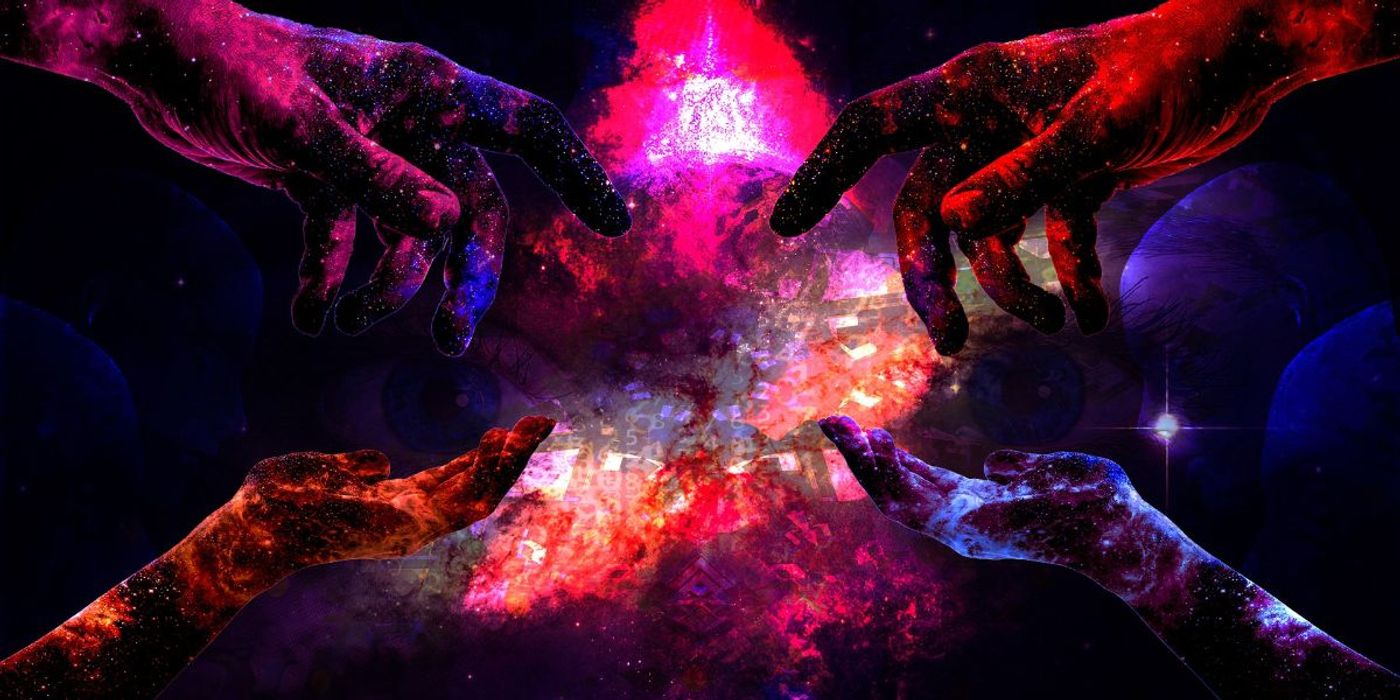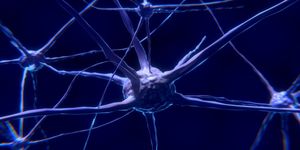New Theory Says Consciousness Arises from Electromagnetic Energy
Professor Johnjoe McFadden, a researcher from the Univerity of Surrey in the UK, has proposed a new theory for consciousness. He says that electromagnetic energy in the brain enables neurons and areas of the brain to generate consciousness and our ability to think critically.
“How brain matter becomes aware and manages to think is a mystery that has been pondered by philosophers, theologians, mystics and ordinary people for millennia,” he says. “I believe this mystery has now been solved, and that consciousness is the experience of nerves plugging into the brain’s self-generated electromagnetic field to drive what we call ‘free will’ and our voluntary actions.”
Whereas earlier theories of consciousness tended towards supernatural explanations and an immaterial soul in what s known as dualism, most scientists tend to embrace a view that consciousness is generated by the brain itself and its network of billions of neurons. McFadden's new theory, by contrast, is somewhat different. Instead, he has proposed a scientific form of dualism based on the difference between matter and energy.
When neurons fire in the brain, they both send an electrical pulse down nerve fibers and electromagnetic energy into the surrounding tissue. While this energy has usually been disregarded as irrelevant to brain function, it carries the same information as is carried between nerve endings. Instead of a flow of atoms between neurons, however, it occurs as an immaterial wave of energy. As such, McFadden suggests that these waves may be the seat of consciousness- and as such, the driving force behind free will.
Delving further into his theory, he highlights that previous examples of 'integrated information', such as neuronal information and conventional computing, are only temporarily integrated as they are reliant on multiple neuronal inputs for each output. He argues that this means they are implemented in time rather than space. As such, they can not correspond to physically integrated information. Given that 'only energy fields are capable of integrating information in space', he thus proposes that electromagnetic information ensures that consciousness can be physically integrated.
Beyond explaining how consciousness arises, McFadden also believes that this theory may help develop conscious AI, something that has not been done yet due to our limited understanding and application of neural networks.
Sources: Neuroscience of Consciousness, Medical Xpress









